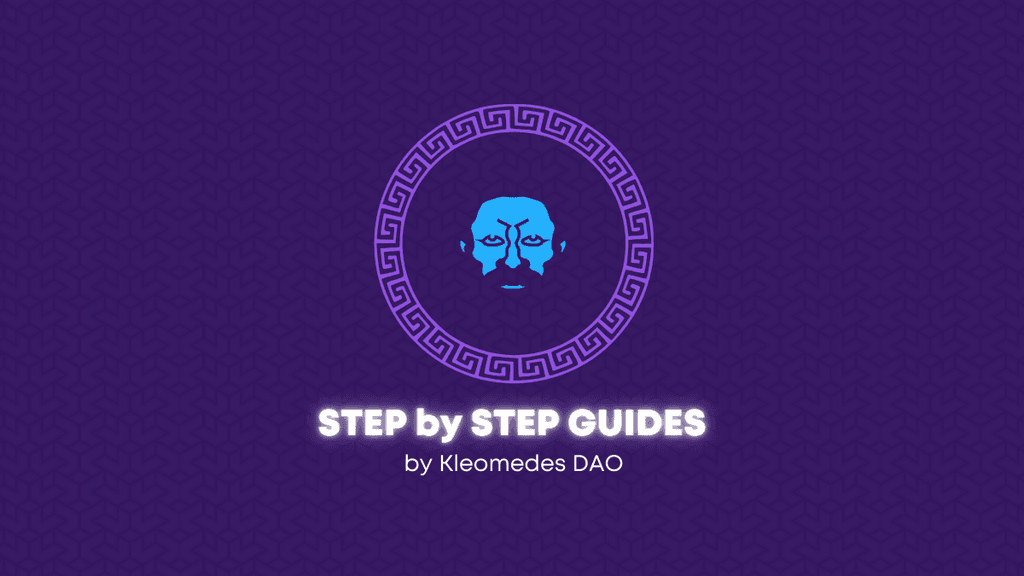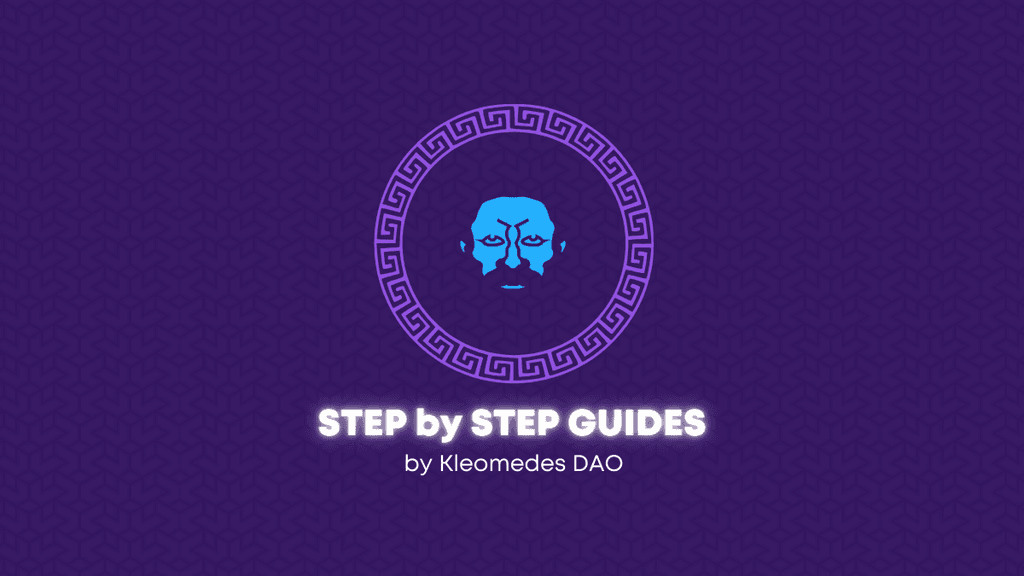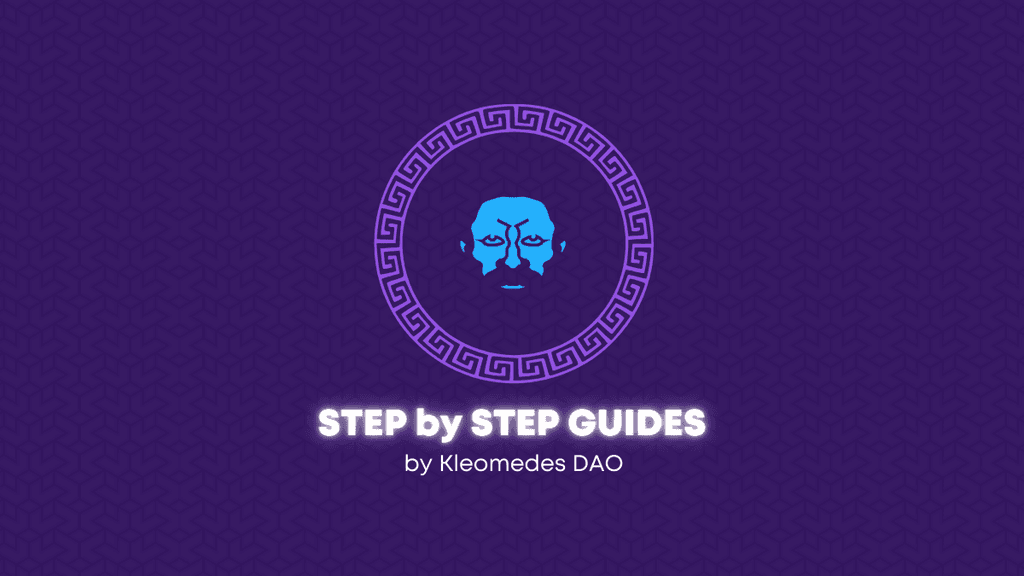Overview of Vultisig
Vultisig is a multichain wallet that supports both ECDSA (Elliptic Curve Digital Signature Algorithm), used in networks like Bitcoin, EVMs, and Cosmos, and EdDSA (Edwards-curve Digital Signature Algorithm), which is employed in Solana and other blockchains. The primary goal of Vultisig is to provide security and flexibility in managing assets across a multi-chain environment.
It supports all chains supported by Trust Wallet’s core.
Key Features and User Actions
-
Creating a Vault: Users can create a secure vault to store their digital assets. This process involves several steps, including initialization and setting security parameters.
-
Managing the Vault: Vultisig offers tools for users to manage their vaults. This includes adding or removing participants and updating access rules.
-
Vault Backup: To ensure data security, users can create backups of their vaults, allowing them to restore access in case of unforeseen circumstances.
-
Vault Reshare: Vultisig allows participants to share access to the vault based on specific rules, adding an extra layer of protection.
Signing Transactions and Working with Vultisigner
-
How Key Signing Works: The process of signing transactions in Vultisig is done using a distributed signature scheme, which ensures protection and security even when interacting with multiple participants.
-
Signing a Transaction: Users can sign transactions directly from the Vultisig interface, ensuring a high level of security through built-in cryptographic methods.
-
What is Vultisigner: Vultisigner is a tool used for signing transactions within Vultisig. It provides a secure and convenient way to interact with the platform.
-
How Vultisigner Works: Vultisigner uses distributed computing to ensure the security and reliability of the transaction signing process, minimizing the risk of key compromise.
-
What Can Be Configured in Vultisigner: Users can configure various Vultisigner settings, tailoring its operation to their needs and security requirements.
-
Why is Vultisigner Safe: Vultisigner ensures safety through the use of advanced cryptographic methods and secure execution environments.
-
Vultisigner for Interfaces: Vultisigner can be integrated into various interfaces, both hosted and unhosted, making it a versatile tool for users.
Threshold Signature Scheme (TSS)
-
How It Works: The Threshold Signature Scheme (TSS) is a method that allows the signing process to be distributed among multiple participants, ensuring security and trust even if some participants are compromised.
-
TSS Actions:Users can perform various operations using TSS, such as creating, modifying, or deleting signatures.
-
Difference to Multi-Signatures: TSS differs from traditional multisignature schemes by providing a more flexible and secure key management structure, especially in complex multichain environments.
-
Difference to Passkeys: Unlike Passkeys, which can be less secure due to central key storage, TSS distributes keys, minimizing the risk of compromise.
-
Security: TSS in Vultisig is designed with the highest security standards, protecting against various attacks, including vulnerabilities in individual system components.
-
Emergency Recovery: In case of emergencies, Vultisig provides a mechanism for emergency recovery, allowing access to assets to be restored even if the main keys are lost.
Conclusion
Vultisig represents an advanced tool for managing digital assets in a multichain environment. By leveraging modern cryptographic methods such as TSS and Vultisigner, the platform ensures a high level of security and flexibility. Vultisig is suitable for a wide range of users, from individual traders to large organizations needing reliable and versatile solutions for managing their assets.






